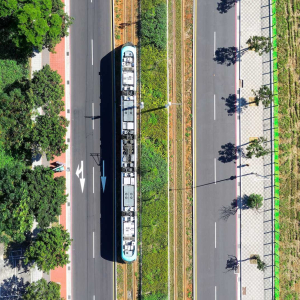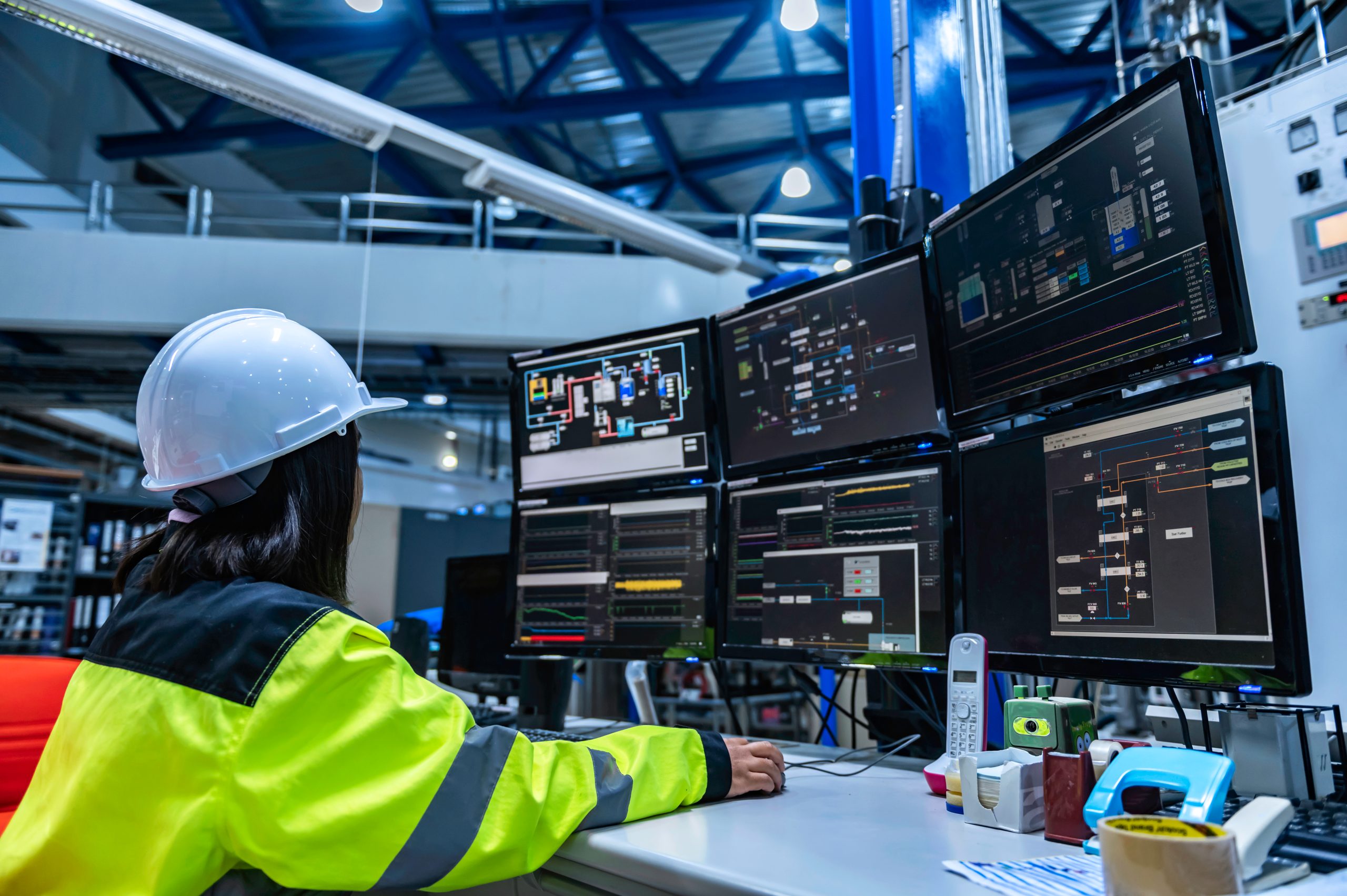5G Networks – The Current State of Deployment and Development
5G networks have been hailed as the next big revolution in the telecommunications industry, promising lightning-fast speeds, low latency, and offering widespread connectivity. However, the deployment of 5G networks has been slower than anticipated due to various challenges, including technical issues, regulatory hurdles, and the COVID-19 pandemic.
Despite these challenges, the development of 5G networks is still ongoing, and the technology is gradually being rolled out. This article will provide an overview of the current state of 5G network deployment and development, including the progress made so far, the challenges encountered, and the potential benefits of this revolutionary technology.

The Connected Nations Report – A Summary
In December 2022, Ofcom, the UK’s telecoms regulator, provided an update on the progress of mobile services across the country, with a focus on 5G rollout plans, mobile coverage both inside and outside premises, mobile network performance, investment in and take-up of mobile services, and the availability and use of Internet of Things (IoT) devices and services.
According to Ofcom’s report, the availability of 5G services is growing rapidly, with at least one Mobile Network Operator (MNO) covering around 60% of the population in early 2023.
The report also found that 4G continues to carry most of the mobile data traffic, accounting for 87% of total data traffic. At least one MNO’s 4G coverage has reached 92% of the UK landmass.
The Four Nations
| Location | Percentage (%) |
|---|---|
| England | 42-61 |
| Scotland | 29-51 |
| Wales | 10-46 |
| Northern Ireland at the High Confidence level |
14-26 |
The Lay of the Land
Road and Rail

Let’s not 4-Get 4G!
The Future is Bright
At Onwave, we are at the cutting edge of developments in 5G networks and are a proven connectivity partner. Despite the challenges encountered in the deployment of 5G networks, the development of this revolutionary technology is still ongoing, and its potential benefits are vast.
With the increasing coverage of 5G, older technologies such as 4G, 2G, and 3G still provide the fundamental backbone of most users’ experience with voice and data services. As a connectivity partner that is carrier and technology agnostic, we are committed to delivering the best possible bespoke service and solutions for our customers, helping you to stay connected and stay ahead in the ever-evolving telecommunications industry.








